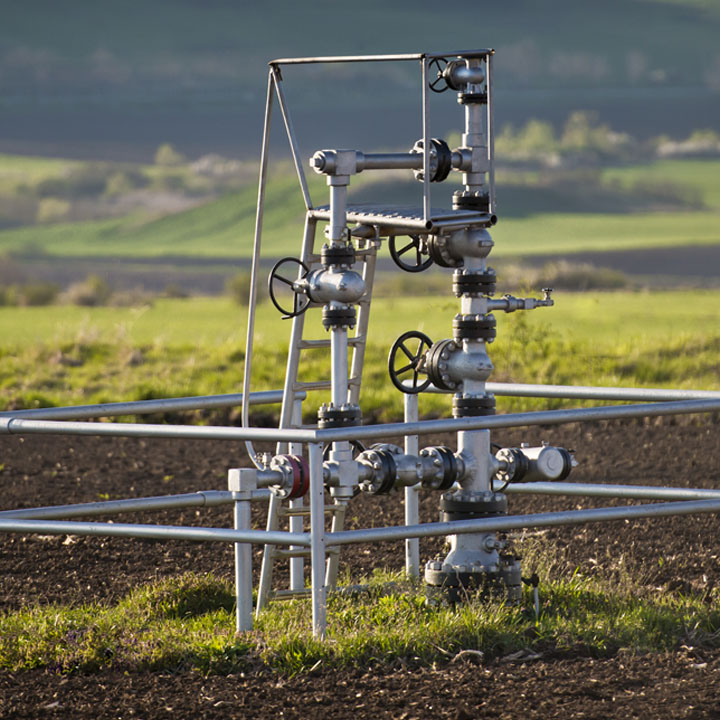Program to replace, remove or retrofit high-bleed pneumatic controllers
Background
A major component of remote, automated control of natural gas and petroleum industry facilities is the operation of control valves, which are often powered or actuated by natural gas through pneumatic controllers that release small amounts of methane and VOCs into the atmosphere. Because pneumatic controllers are prevalent in the natural gas and oil industry, they comprise a major source of emissions.
Installation or Retrofitting of Pneumatic Controllers with Lower- or Zero-Bleed Methane Emissions
Participants will replace, remove or retrofit onshore gas-powered, continuous, high-bleed pneumatic controllers as expeditiously as practicable.
Program Specifics:
Emissions Source: Existing onshore gas-powered, continuous, high-bleed pneumatic controllers located at upstream onshore production and gathering facilities as well as natural gas processing plants.
Method:
These controllers will be replaced, removed or retrofitted with one of the following technologies:
- Continuous-low-bleed controller
- Intermittent-vent controller
- Electrically operated controller and valve actuator or mechanical controller
- Convert to compressed air to replace natural gas as the motive gas
- Remove from service where feasible with no replacement
Exceptions will be granted if a pneumatic controller cannot be replaced due to safety or operational reasons.
Timeline:
Commitment to meet 100% replacement goal within five years.
Program Reporting and Content:
The Environmental Partnership will report aggregate data on the number of controllers replaced on an annual basis.


